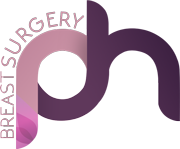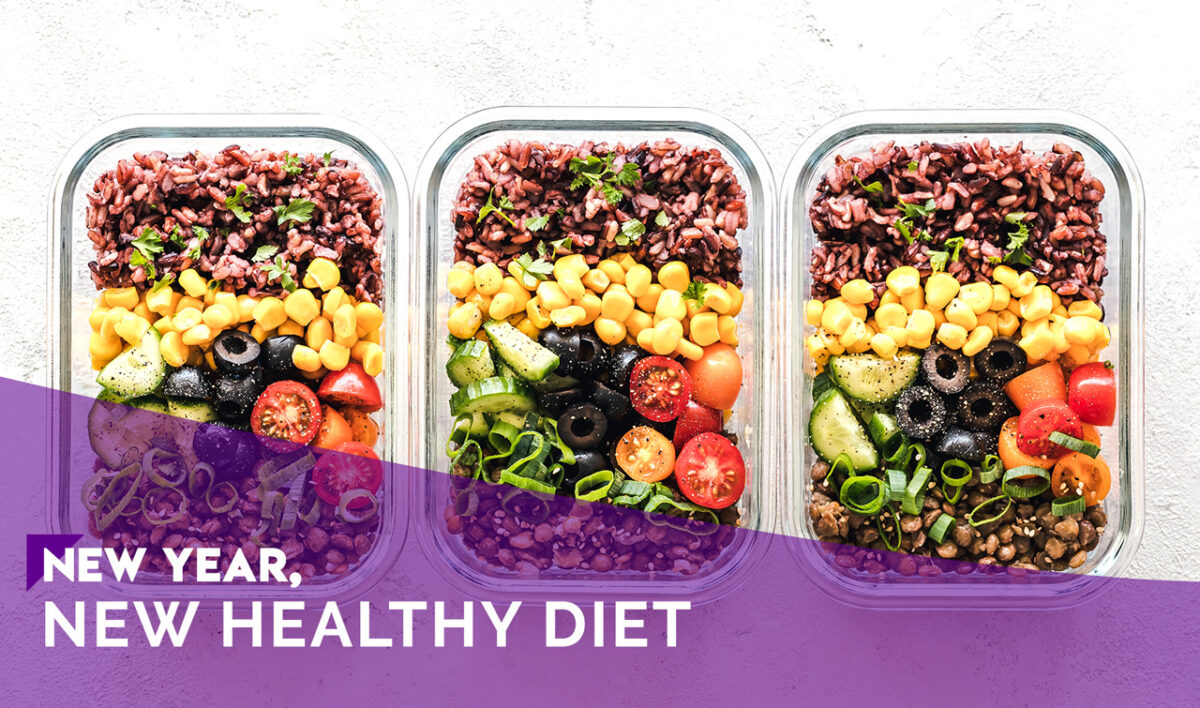It’s a new year! The festivities of the holiday season are over but the flavor of the Christmas treats might still be lingering in your tastebuds. Staying fit during the holidays is easier said than done. If you have found yourself caught up in the celebration of the holidays and have eaten more than you were supposed to, you don’t have to worry about it. Leave that in the past. The new year is a new opportunity for you to start eating healthy.
During the holiday season, you might have overindulged with the fatty Lechon or drank too much beer during one of many Christmas parties you went to. It is time to avoid all of that. Changing your meal patterns is hard, especially in the beginning. However, if you want to pursue a healthy diet, you need to plan it well. Of course, the change should be gradual, introducing healthier alternatives to your diet one by one. To guide you in your new year’s resolution this 2020, here are 20 things that can help you in having smarter and healthier food choices:
- Whole Foods over Processed Foods
In planning a healthy diet, swap frozen and instant foods with whole foods like fresh fruits, vegetables, meat, and whole grains. As much as possible, avoid foods in packets and cans. Whole foods are packed with protein, fiber, healthy fats, vitamins, and minerals. Make sure to incorporate vegetables in meals and eat fruits for a snack instead of junk food. - Swap to Healthy Ingredients
Healthier alternatives as ingredients for your favorite meals are also available. Instead of mayonnaise, you can use yogurt for your favorite dips and sandwiches. Dates can be eaten as a snack, but they can also replace sugar as a sweetener to drinks. Another trick is replacing breadcrumbs with either oats or nuts. These are some ways to enjoy the foods you love more healthily. - Eat Colorfully
For healthy eating, bright colored foods are recommended as they are packed with nutrients (vitamins, minerals, antioxidants, and more). The different colors you eat can give you a wide range of nutrients. - No Sugary Drinks
Stay away from drinking sugary drinks, such as colas, sodas, and packaged juice drinks. Overconsumption of these beverages can cause a high risk of Type 2 diabetes, liver damage, premature aging, and anxiety. Instead, drink unsweetened drinks, or better drink lots of water (at least 2 liters a day). - Drink Coffee and Tea Black
It is possible to consume coffee even when you are pursuing a healthy diet. However, limit it to about 4 cups (960 ml), preferably black (no sugar or cream). - Readily Available Healthy Food
When you get hungry, you tend to reach for the first thing you see in your cupboard. To make sure everything you consume will be beneficial to your health, always stock healthy foods. Put a fruit basket in the kitchen counter or store cooked grains in your fridge. At work, you can also keep a jar of nuts or dried berries for you to snack on. - “Outer Ring” Technique in Shopping
Author James Clear suggests the “outer ring” technique when doing groceries. Shop at the outer perimeter of a supermarket, where fresh and healthy foods, such as fruits, vegetables, lean meats, fish, eggs, and nuts, are usually located. It is more likely to purchase nutritious foods if you shop within this parameter. - Go for Nuts and Seeds
Nuts and seeds are considered superfoods, packed with vitamins, antioxidants, and minerals such as calcium, zinc, and magnesium. You can include them when baking or even in your cereal or oatmeal. - Eat More Fish
Eating fish at least twice a week will do wonders for your health. Fish, especially fatty fish like salmon or mackerel, are rich in omega-3 fatty acids that improve brain and heart health, as well as reduce risks of Alzheimer’s, dementia and diabetes. - Whole Grains in Baking
Healthy eating does not mean you can’t indulge in your favorite sweets and pastries. Rather than buying store-bought baked goods, it is better to learn to make it yourself. Substitute half the amount of regular flour in the recipe with whole-grain flour to get more fiber and protein. - Roast than Fry
You can still get your favorite crispy chicken or fries without deep frying. Roasting can be a healthier substitute, where you can achieve the same crisp texture with less oil. - High-Protein Breakfast
The first meal you have should be balanced and high in protein. A protein-rich breakfast balances your appetite throughout the day, making you eat fewer calories in succeeding meals. - Twice as Many Whites as Yolks
In speaking of breakfast, eggs are a good option for a protein-rich meal. To make it healthier, use more egg whites in your scrambled eggs, omelet or frittata, to cut some of the saturated fat from the yolk. - Go Meatless
There are many vegetarian and vegan food options that are both nutritious and tasty. Try to have one day a week where you don’t consume any meat products or make sure to have every meal consisted of vegetables. This is a great way to introduce healthier food alternatives to your diet. - Smaller Plates for Eating
Using a large plate in meals can trick you into thinking that you haven’t eaten enough. Using smaller food ware can make you feel full quicker when eating smaller portions. - Eat Healthy when Eating Out
Eating healthy may require you to do most of the cooking. In times that you do eat out, you can check out the menu before going or drink water before and during meals to make sure you still maintain your healthy diet. - Bring Lunch to Work
For working people, bringing your own lunch helps you keep track of your nutrient intake. It might be hard to squeeze in cooking in your busy schedule. So, you can start slow and build a habit of making your meals part of your routine. - Count Nutrients, Not Calories
It is better to look at the nutritional benefits of food products rather than the number of calories they have. Not all calories are bad; some calories are needed by the body to function, while some are considered ‘empty’. Make sure to still incorporate a good amount of calories in your diet, and exercise to get rid off the ‘empty’ ones. - More Probiotic Foods
Aside from intaking healthy foods, an important part of healthy eating is your body’s ability to digest them. Incorporate more probiotic foods like yogurt, apple cider vinegar, and soft cheeses into your diet. These foods help in digestion, extracting nutrients from foods, and building the immune system. - Mindful Eating
Healthy eating involves our mind as much as our stomach. Practice mindful eating, which is paying full attention to your cravings and physical cues when eating. This can include eating slowly and eating only until you are full.
It is a new year, and it is a new chance for you to be a better and healthier version of yourself. Remember that you do not have to do these things all at once. Introduce them slowly to your routine. Of course, any diet will not be complete without exercise. So, make sure to add “be physically active” in your health bucket list this year.
To avoid derailing from your progress, you can set goals that you want to achieve per week or month. You can also find a ‘diet and exercise buddy’ to accompany and motivate you to continue your good work. You have 366 days to turn your eating habits into a healthier one.





